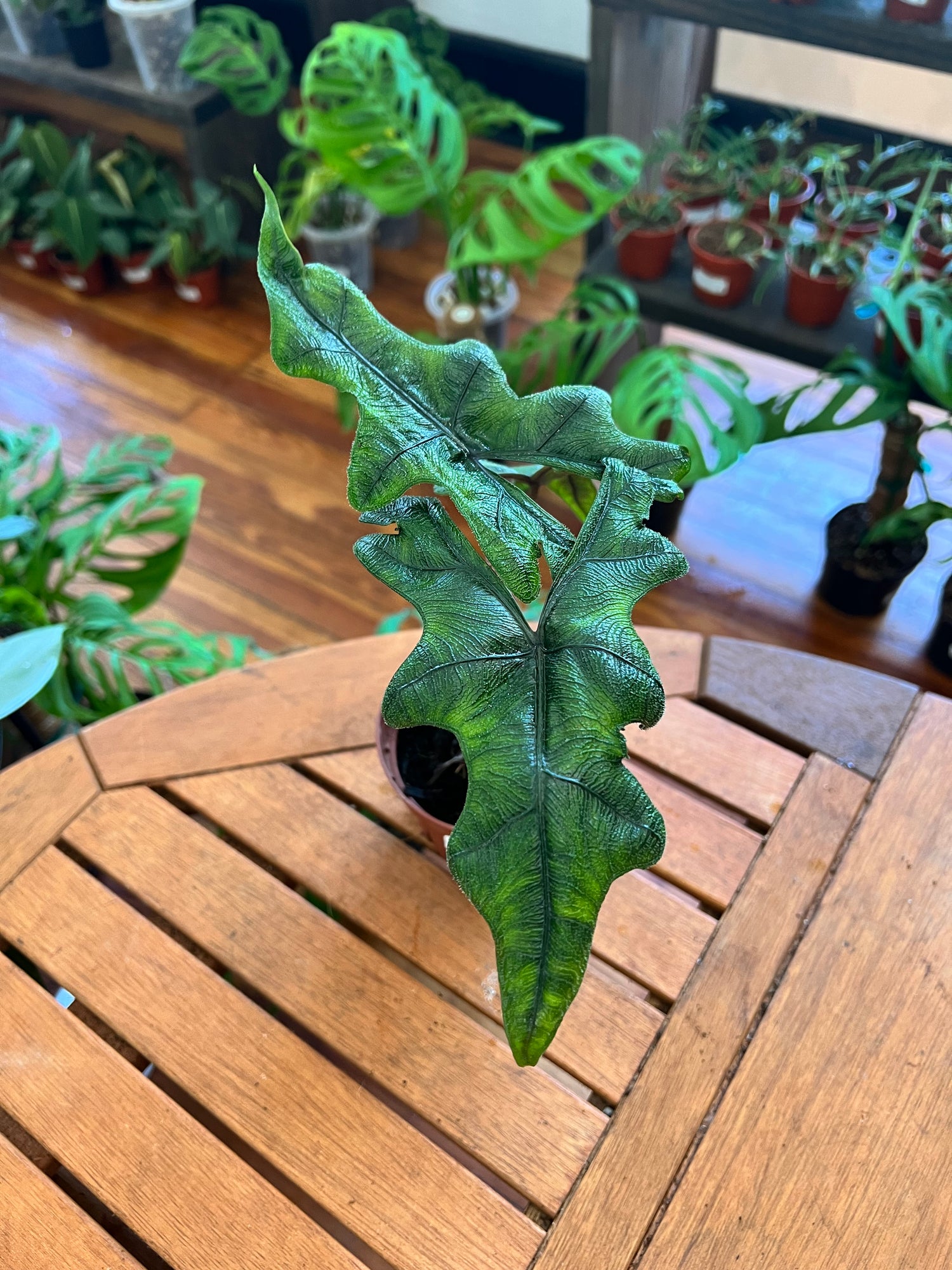Hoyas, commonly known as wax plants, are beloved among plant enthusiasts for their unique, waxy foliage and attractive, fragrant flowers. While these plants are generally hardy and adaptable, enthusiasts may encounter situations where their Hoyas seem reluctant to produce new leaves. In this blog post, we'll explore some of the common reasons why Hoyas may face challenges in leaf growth.

-
Environmental Factors:
a. Lighting: Hoyas thrive in bright, indirect light. If your Hoya is not receiving enough light, it may prioritize energy conservation over leaf production. Ensure your plant is placed in an area with adequate sunlight, but be cautious of direct, intense sunlight, which can scorch the leaves.
b. Temperature: Extreme temperatures, both hot and cold, can impact Hoya leaf growth. Ensure your plant is situated in a stable environment, avoiding drafts, sudden temperature changes, and excessively low temperatures.
c. Humidity: Hoyas prefer higher humidity levels. If the air is too dry, the plant may conserve energy and slow down leaf production. Consider misting the leaves or placing a humidifier near the plant to create a more suitable environment.
-
Watering Practices:
a. Overwatering: One of the most common mistakes with Hoyas is overwatering. These plants prefer to dry out between watering sessions. Constantly moist soil can lead to root rot, depriving the plant of the ability to push out new growth.
b. Underwatering: On the flip side, underwatering can also hinder leaf growth. Hoyas should be watered thoroughly, allowing the water to drain out of the pot. Insufficient water can stress the plant, affecting its ability to produce new leaves.
-
Soil Conditions:
a. Potting Mix: Using the right type of soil is crucial for Hoya plants. They prefer a well-draining mix, such as a combination of orchid bark, perlite, and peat moss. Compacted or water-retentive soils can impede root development and, consequently, leaf growth.
b. Pot Size: Hoyas generally like to be slightly root-bound, so using a pot that is too large can discourage new growth. Consider repotting your Hoya if it has outgrown its current container.
-
Maturity and Dormancy:
a. Natural Growth Cycles: Hoyas, like many plants, go through natural growth cycles. Some species may have specific dormancy periods where they slow down or stop producing new leaves. Research the specific needs of your Hoya species to understand its growth patterns.
b. Maturity: Younger Hoyas may focus more on establishing a robust root system before putting energy into leaf production. Be patient, as it may take time for your plant to reach maturity and consistently produce new growth.
Conclusion:
In summary, several factors can contribute to a Hoya's reluctance to push out new leaves. By addressing issues related to environmental conditions, watering practices, soil, and understanding the natural growth patterns of your specific Hoya species, you can create an optimal environment for healthy leaf development. Regular monitoring, a bit of patience, and adjustments to care routines will contribute to a thriving and lush Hoya plant in the long run.

